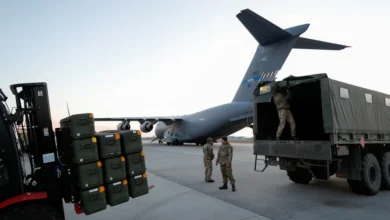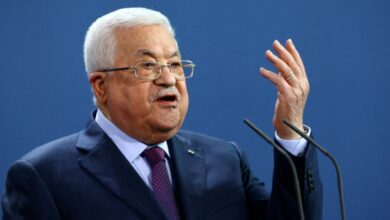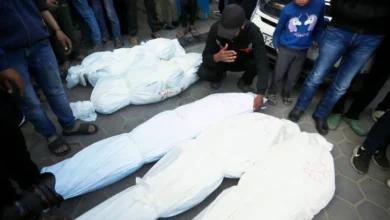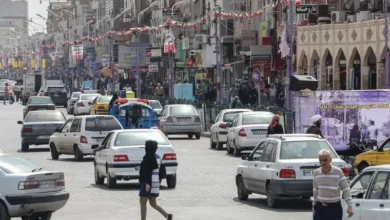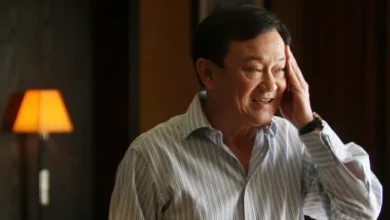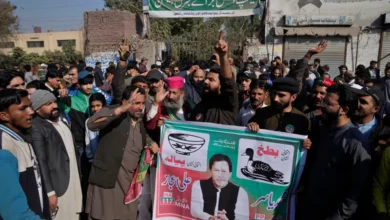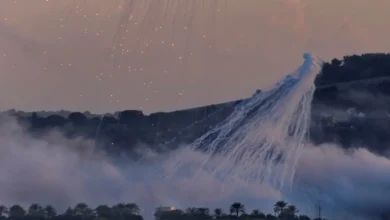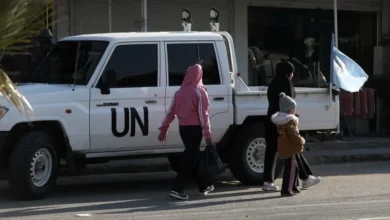Putin’s war machine helps keep Russian industry humming

Surging military production is helping keep Russian industry going strong, offsetting much of the damage done by international sanctions and other fallout from the invasion of Ukraine.
Industrial output ended 2022 down only 0.6 percent, the Federal Statistics Service, known as Rosstat, reported Wednesday. December’s result was down 4.3 percent from a year earlier, when production had been up sharply.
“Industrial output in 2022 turned out better than the forecasts in the first half and stronger than in previous crises, said Sofya Donets, economist at Renaissance Capital, speaking before the release. “Government spending contributed a lot, both in heavy and light industry.
Industry has been one of the most resilient parts of the economy since the war began, amid declines in retail sales and cargo turnover and an overall contraction of about 2 percent. Record prices for Russia’s energy exports – which weren’t hit by US and European restrictions until the end of the year – and a big jump in government spending helped limit the economic damage.
“The war in Ukraine will push industrial output this this year even higher – by 2 percent above 2022 – but at a cost of falling living standards and stagnating consumption, said Alexander Isakov of Bloomberg Economics.
President Vladimir Putin last month touted the economic contribution of the military industry. “It’s really gotten going in the last year and is continuing to expand, he told officials. “Factories are working multiple shifts, some practically around the clock.
Russia doesn’t reveal details of war-related production, but some segments of the official data include military products and have been strong performers since Putin’s Feb. 24 invasion.
Production of finished metal goods, which includes arms, bombs and ammunition, grew 7 percent in 2022. Computers, electronic and optical products, which economists say is likely to include parts for aircraft and rocket engines and optical sights and other systems showed 1.7 percent growth.
“Russia managed to steady industrial production by accepting steep discounts instead of cutting oil output, boosting defense equipment production to capacity and investing heavily in the domestic pipeline network, said Alexander Isakov, Russia economist.
Those results were in sharp contrast to the drops seen in major civilian sectors. Cars were down nearly 50 percent, while the textile and wood industries were off 10 percent or more and chemical output dropped 4 percent.
A few benefited from the impact of sanctions and other restrictions on imports, boosting local production in areas like pharmaceuticals and printing.
Economists in the central bank’s research department Tuesday highlighted manufacturing as a likely bright spot in 2023, but warned that a worsening labor shortage may begin to limit growth prospects in the second half of this year. The bank’s report didn’t mention the war, which has seen 300,000 mobilized to fight and more than double that leave the country, as a contributor to the lack of workers, though industry officials have.
The report did point out, however, that the effects of increased government spending amid the war is likely to be less than it might otherwise be because “expenditures are skewed in favor of less-productive ones. It didn’t elaborate.

